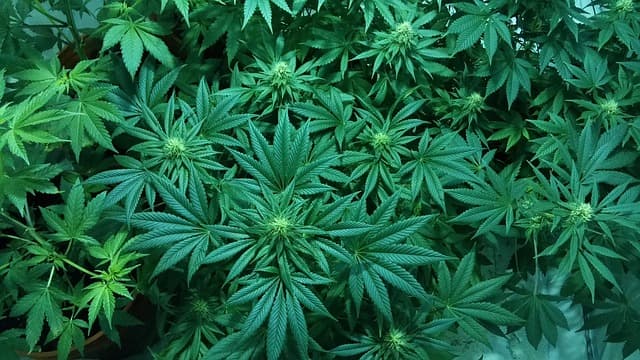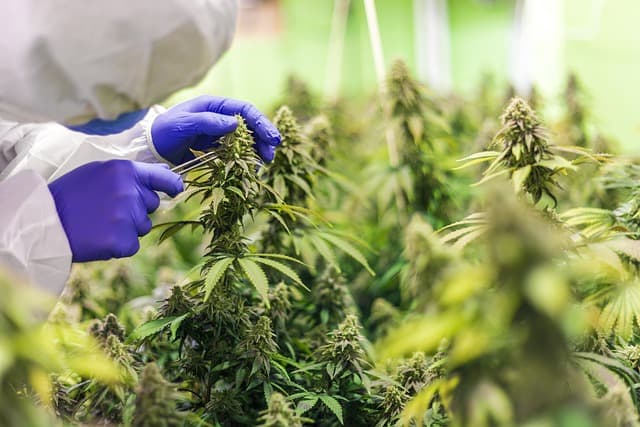The likelihood of developing physical dependence on cannabinoids in its classical sense is constantly debated in scientific circles. Therefore, this issue is considered to be not fully researched.
Some people may not develop dependence at all if they use cannabis no more than once or twice a week for a year. For others, it forms quickly, and when they try to stop using the drug, a withdrawal syndrome occurs. According to experts, this is due to the individual characteristics of the body, the type of psychoactive substance used and the degree of its purification, as well as the presence of other bad habits (for example, such as alcohol abuse).
There is no definite answer to the question of what kind of addiction to cannabinoids can occur with their abuse. Most often there is a psychological form of dependence, but under the influence of certain factors can not rule out the formation of physical dependence.
There are three main stages of cannabinoid dependence:
The first stage is characterized by the beginning of regular use of cannabis. Smoking marijuana or hashish causes pleasant sensations: warmth throughout the body, feelings of euphoria, relaxation and happiness. At this stage, an altered reactivity syndrome occurs (the form and frequency of use changes, and tolerance to the psychoactive substance gradually develops). Mental dependence on cannabinoids manifests itself in the form of an irresistible obsessive urge to smoke marijuana. For the addict, a new dose becomes the only way to get pleasure and normalize his state.
The second stage of addiction. At this stage, the previously occurring relaxing effect becomes more short-lived. Drug intoxication no longer brings the former pleasure. It is followed by a decrease in activity and general tone. For the addict, cannabis use becomes the only means of ensuring normal life activity. Mental dependence reaches its peak, and physical cravings for the drug begin to form. When trying to refuse its use or skipping a dose, withdrawal symptoms occur.
The third stage of the disease is physical dependence on cannabinoids. Usually only develops with years of substance abuse. The stage is characterized by a drop in tolerance and the action of cannabinoids solely as a tonic (energizer). During the period of abstinence from drugs, the addict experiences loss of energy, anxiety, and depressed mood. The withdrawal syndrome becomes intense and prolonged.


